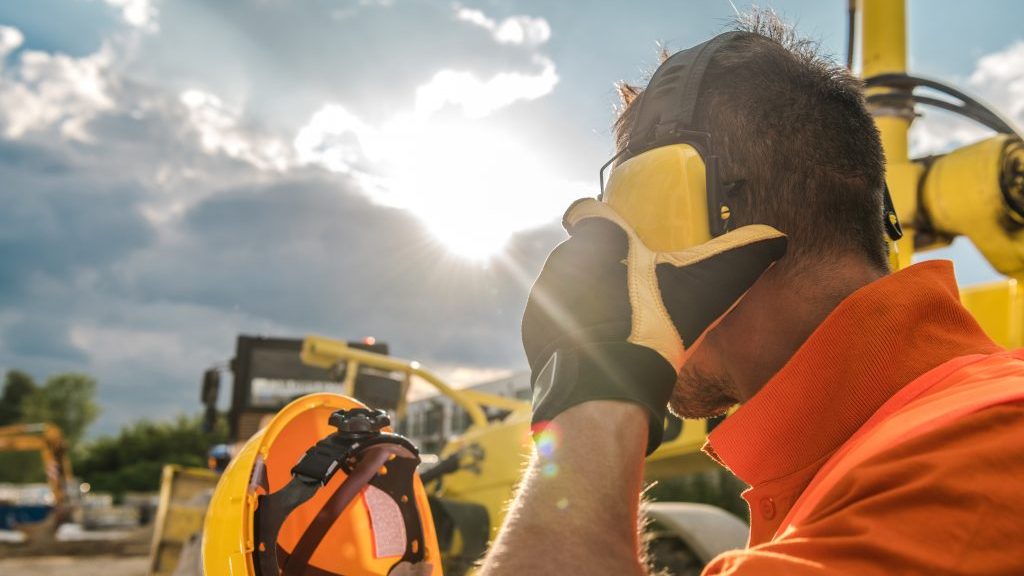Canada’s leading general contractors have joined forces in an effort to reduce serious injuries and fatalities on construction sites and champion safety improvements within the industry.
The strategic objectives of the group, called the Canadian Construction Safety Council (CCSC), are modelled after those of the National Construction Safety Executives (NCSE) in the U.S.
“All involved are sincere in their endeavours to make sure this initiative is successful,” explained Jim Barry, vice-president, health, safety and environment at PCL Construction, who spoke on behalf of the group.
“The CCSC is dedicated to driving positive change in the construction industry’s safety standards across Canada. By harnessing the collective strength of our members, we aim to elevate the safety performance of individual companies and set new benchmarks for the industry.”
The dozen founding members include Aecon, AtkinsRéalis, Bird Construction Inc., Dragados Canada Inc., EllisDon Corporation, EBC, Graham Construction Inc., Kiewit Corporation, Ledcor Industries Inc., PCL Construction, Pennecon and Pomerleau.
They plan to share best practices and insights and the goal is to educate and advocate for every worker’s safety.
The council is aiming to develop, adopt and implement best safety practices, improve the safety reputation of the construction industry, and foster stronger relationships with public and private clients, as well as regulatory bodies. Networking and education will play a big part in the effort.
Meanwhile, the council will use the creativity, innovation and the industry’s collective expertise to establish and maintain higher safety standards, as well as promote resources and education to support the mental health and overall well-being of workers within the industry.
The idea for such a council has been in the works since 2023.
According to Barry, contractors in Canada wanted to get a group of construction industry leaders together to collectively work on a reduction of serious injury and fatalities (SIF).
Two years ago, talks began between some of the bigger contractors and meetings were then held twice a year, ultimately leading to the creation of a charter being formed. The CCSC was officially established in January.
Among CCSC’s three inaugural initiatives are the adoption of Type II safety helmets, with integrated chin straps, which offer superior head protection compared to traditional hard hats.
The council also will be promoting cut-resistant gloves to reduce injuries and a new fall protection standard.
“These issues were chosen to achieve consistency and alignment with certain critical risk guidelines between the individual companies in the CCSC that would help both workers and our trade partners be compliant and safe,” explained Barry.
The new helmets are touted as the next step in evolution of safety and are expected to help prevent concussions.
“It’s been scientifically proven that the helmet remaining tight against the head is very important in the reduction of head injuries that could be sustained in an impact to the side of the head as well as from above,” said Barry.
The CCSC will also be promoting the adoption of ANSI Level 4 cut-resistant gloves to help reduce the significant number of hand injuries sustained by nearly half a million Canadian workers each year.
Additionally, the council will be adopting a new fall protection standard, requiring safety measures such as harnesses and guardrails at six feet. That is lower than the current standard of 10 feet.
“Any work taking place above six feet increases the probability of an SIF incident occurring at heights,” said Barry. “Again, this standard provides consistent application across the industry.”
Members of the CCSC are part of the Colorado Safety Research Alliance (CSRA) and chose the inaugural initiatives as a result of insight from the organization. The CSRA is where science and industry work together to eliminate serious injuries and fatalities.
The CCSC will share SIF incidents and provide lessons learned from them, while continuously looking at critical risk guidelines. Reviewing innovations in the safety industry and sharing what works well will also continue.
According to the council, the CCSC is not treading on any toes of provincial or sector-specific safety organizations and unions. Often, there are inconsistencies in standards across jurisdictions.
“Enhancing safety throughout the industry is beneficial to everyone, and making sure that workers make it home safe to their families at the end of each day is paramount,” the CCSC said.
“Legal safety standards in each province are the minimum requirements set out,” stated Barry. “Our members have current safety standards that are well above those mandated already.”
The CCSC has launched a new website detailing its vision, mission and key focus areas for members and the wider community.




Recent Comments